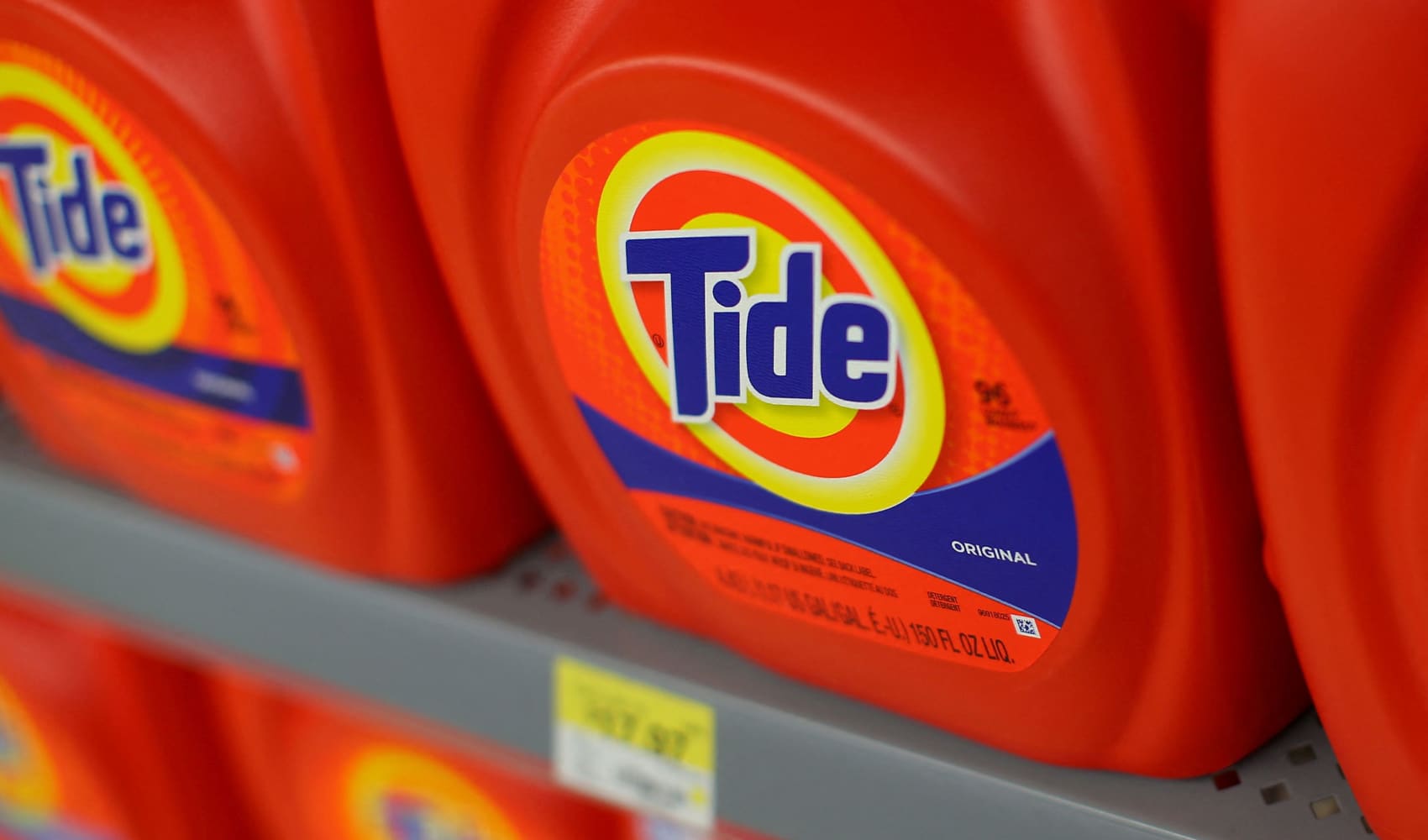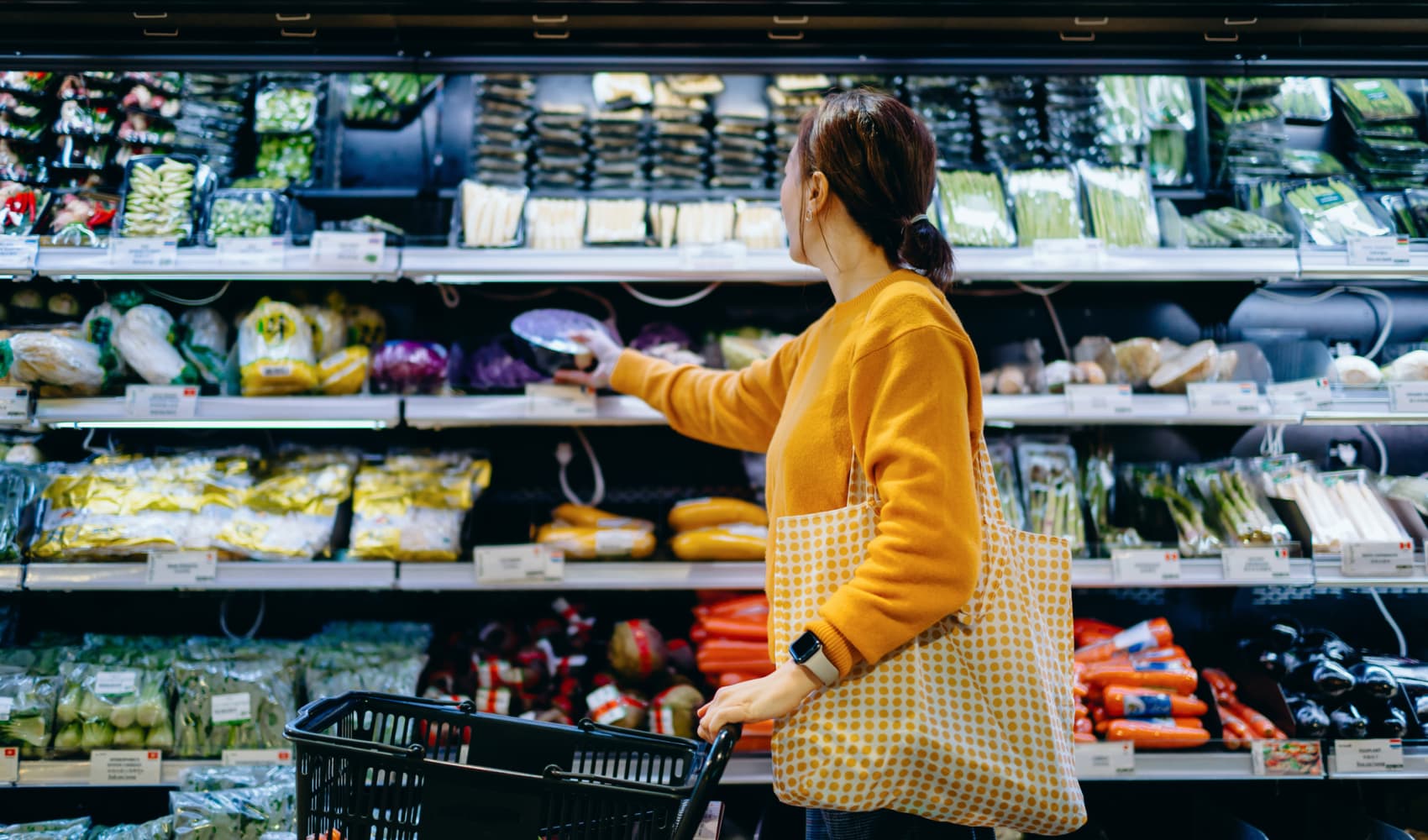P&G Price Hikes Loom: 5 Ways to Beat Rising Costs
Brace Yourselves: P&G Price Hikes Loom as Tariffs Bite!
Introduction: The Tide is Turning (and Getting More Expensive)
Hold onto your wallets, folks! The latest news from Procter & Gamble (P&G), the behemoth behind everyday essentials like Tide, Pampers, and Charmin, isn't exactly sunshine and rainbows. In a recent announcement, P&G CEO Jon Moeller signaled that price increases are "likely" in the coming fiscal year. Why? A combination of factors, including tariffs, lingering consumer uncertainty, and a slight dip in overall demand. Let's dive into what this means for you, your family, and your grocery budget.
Mixed Signals: Earnings Up, Revenue Down
P&G's latest quarterly earnings actually beat estimates – that's the good news. However, the company's revenue fell short of expectations. Think of it like this: they're making more profit per item, but selling fewer items overall. This suggests that while some consumers are willing to pay a premium for their trusted brands, others are tightening their belts and potentially switching to cheaper alternatives. This presents a challenge for P&G: how to maintain profitability without alienating price-sensitive customers?
Tariffs: The Unseen Tax on Your Shopping Cart
One of the biggest culprits behind the potential price hikes? Tariffs. These taxes on imported goods ultimately get passed on to consumers. President Trump's tariffs, cited directly by P&G executives, have created a ripple effect, impacting the cost of raw materials, manufacturing, and ultimately, the price you pay at the store. It's like a hidden fee added to every product that relies on imported components or materials.
Breaking Down the Tariff Impact
Exactly how do tariffs affect P&G's bottom line? Well, imagine they import a specific chemical needed to manufacture Tide. A tariff on that chemical increases its cost. To maintain their profit margins, P&G then has two choices: absorb the extra cost (which impacts earnings) or pass it on to the consumer through higher prices.
Consumer Uncertainty: The Economic Weather Vane
Beyond tariffs, P&G also points to "consumer uncertainty" as a factor influencing their financial outlook. What does that even mean? It's a fancy way of saying that people are feeling uneasy about the economy. When people are worried about their jobs, the stock market, or the overall economic climate, they tend to be more cautious with their spending. They might delay purchases, switch to cheaper brands, or simply buy less.
The Psychology of Spending
Consumer confidence is a powerful force. When people feel secure, they're more likely to splurge on non-essential items and stick with their favorite brands. But when uncertainty looms, they prioritize needs over wants and become more price-conscious.
P&G's Outlook: A Cloudy Forecast
The company has slashed its forecast for core earnings per share and revenue for the full fiscal year. This isn't just a slight adjustment; it's a significant revision that reflects the challenges they're facing. It's like a weather forecast predicting a storm instead of sunshine – not ideal for a company trying to navigate a complex economic landscape.
Which Products Are Most Likely to Be Affected?
While P&G hasn't explicitly named which products will see price increases, it's reasonable to expect that items heavily reliant on imported materials or those facing significant cost pressures will be the most affected. Brands like Tide (laundry detergent), Pampers (diapers), and Charmin (toilet paper) – all staples in most households – could be among those with rising prices.
What Can Consumers Do to Prepare?
So, what can you do to cushion the blow of potential price hikes? Here are a few strategies:
- Stock up on essentials: If you know you're going to use it anyway, buying in bulk when items are on sale can save you money in the long run.
- Explore generic alternatives: Generic brands often offer similar quality at a lower price point. Don't be afraid to experiment!
- Use coupons and discounts: Take advantage of coupons, promotional offers, and loyalty programs to reduce your overall spending.
- Compare prices: Shop around at different stores to find the best deals. Online price comparison tools can be helpful.
- Reduce consumption: Do you really need to use as much laundry detergent or toilet paper as you currently do? Small changes in usage habits can add up to significant savings.
The Bigger Picture: Inflation and the Cost of Living
P&G's potential price hikes are just one piece of a larger puzzle. Inflation, the general increase in prices across the economy, is a growing concern. Everything from food to fuel to housing is becoming more expensive, putting a strain on household budgets.
The Impact on Low-Income Families
Price increases disproportionately affect low-income families, who often have less flexibility in their budgets. When essential items like diapers and laundry detergent become more expensive, it can force families to make difficult choices, potentially sacrificing other necessities.
P&G's Response: Balancing Profit and Affordability
P&G faces a delicate balancing act. They need to maintain profitability to satisfy shareholders and continue investing in product innovation. However, they also need to remain competitive and ensure that their products are accessible to a wide range of consumers. It's a tightrope walk between maximizing profits and maintaining market share.
Innovation as a Price Hedge?
One strategy P&G might use is to invest even more in innovative products that offer superior performance or unique benefits. By justifying a higher price point with added value, they can potentially mitigate consumer resistance to price increases. Think concentrated formulas, eco-friendly packaging, or enhanced features.
The Role of Government Policy
Government policies, particularly those related to trade and tariffs, play a significant role in shaping the economic landscape for companies like P&G. Changes in trade agreements or tariff structures can have a direct impact on their costs and pricing decisions.
Looking Ahead: What the Future Holds
The future remains uncertain. Whether P&G actually implements widespread price increases and how consumers will respond are open questions. Much will depend on the evolution of tariffs, the strength of the economy, and consumer sentiment.
Alternative Strategies for P&G
Beyond raising prices, what other options does P&G have? They could focus on streamlining their supply chains to reduce costs, negotiate better deals with suppliers, or even explore internal efficiencies to minimize the impact of tariffs on their bottom line. They could also consider offering smaller package sizes at lower price points to cater to budget-conscious consumers.
Conclusion: Prepare for Potential Price Changes
The bottom line is that price increases from P&G are "likely", driven by tariffs, consumer uncertainty, and other economic factors. While the exact impact remains to be seen, consumers should be prepared to potentially pay more for everyday essentials. By taking proactive steps to manage your budget, exploring alternative options, and staying informed about economic trends, you can navigate these challenges and minimize the impact on your wallet.
Frequently Asked Questions
Here are some common questions related to P&G's potential price hikes:
- Why is P&G considering price increases?
P&G is citing tariffs, consumer uncertainty, and a slowdown in demand as key factors driving the potential for price increases.
- Which P&G products are most likely to be affected?
While not explicitly stated, products like Tide, Pampers, and Charmin, which are everyday essentials and heavily reliant on imported materials, could be among those with rising prices.
- How can I prepare for potential price increases?
You can stock up on essentials when they're on sale, explore generic alternatives, use coupons and discounts, compare prices at different stores, and reduce your consumption.
- Will the price increases be significant?
The extent of the price increases remains to be seen and will depend on various factors, including the severity of tariffs and consumer response. However, any increase can impact household budgets, especially for low-income families.
- Are other companies also considering price increases?
Yes, P&G is not alone. Many companies are facing similar challenges due to tariffs and economic uncertainty, and some have already announced price increases or are considering doing so.

